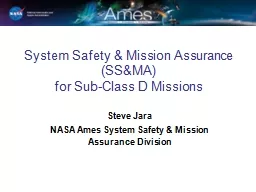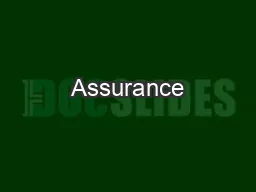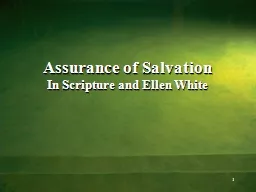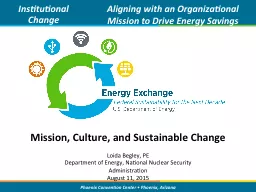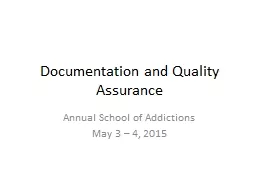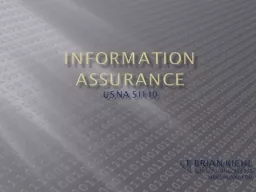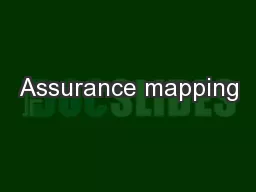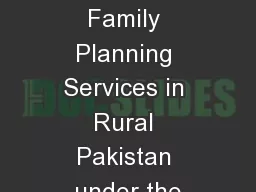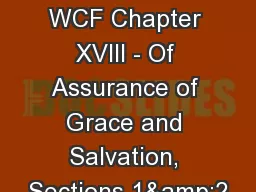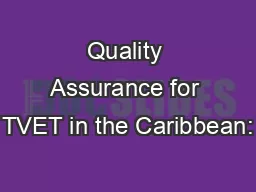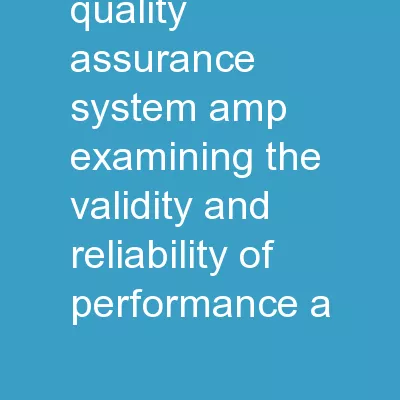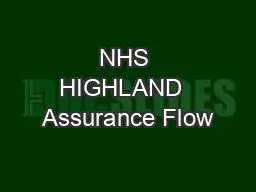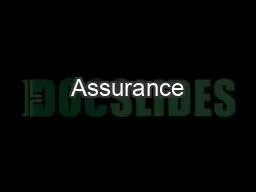PPT-System Safety & Mission Assurance (
Author : stefany-barnette | Published Date : 2016-07-20
SSampMA for SubClass D Missions Steve Jara NASA Ames System Safety amp Mission Assurance Division SSampMA A set of system safety and quality management processes
Presentation Embed Code
Download Presentation
Download Presentation The PPT/PDF document "System Safety & Mission Assurance (" is the property of its rightful owner. Permission is granted to download and print the materials on this website for personal, non-commercial use only, and to display it on your personal computer provided you do not modify the materials and that you retain all copyright notices contained in the materials. By downloading content from our website, you accept the terms of this agreement.
System Safety & Mission Assurance (: Transcript
Download Rules Of Document
"System Safety & Mission Assurance ("The content belongs to its owner. You may download and print it for personal use, without modification, and keep all copyright notices. By downloading, you agree to these terms.
Related Documents

